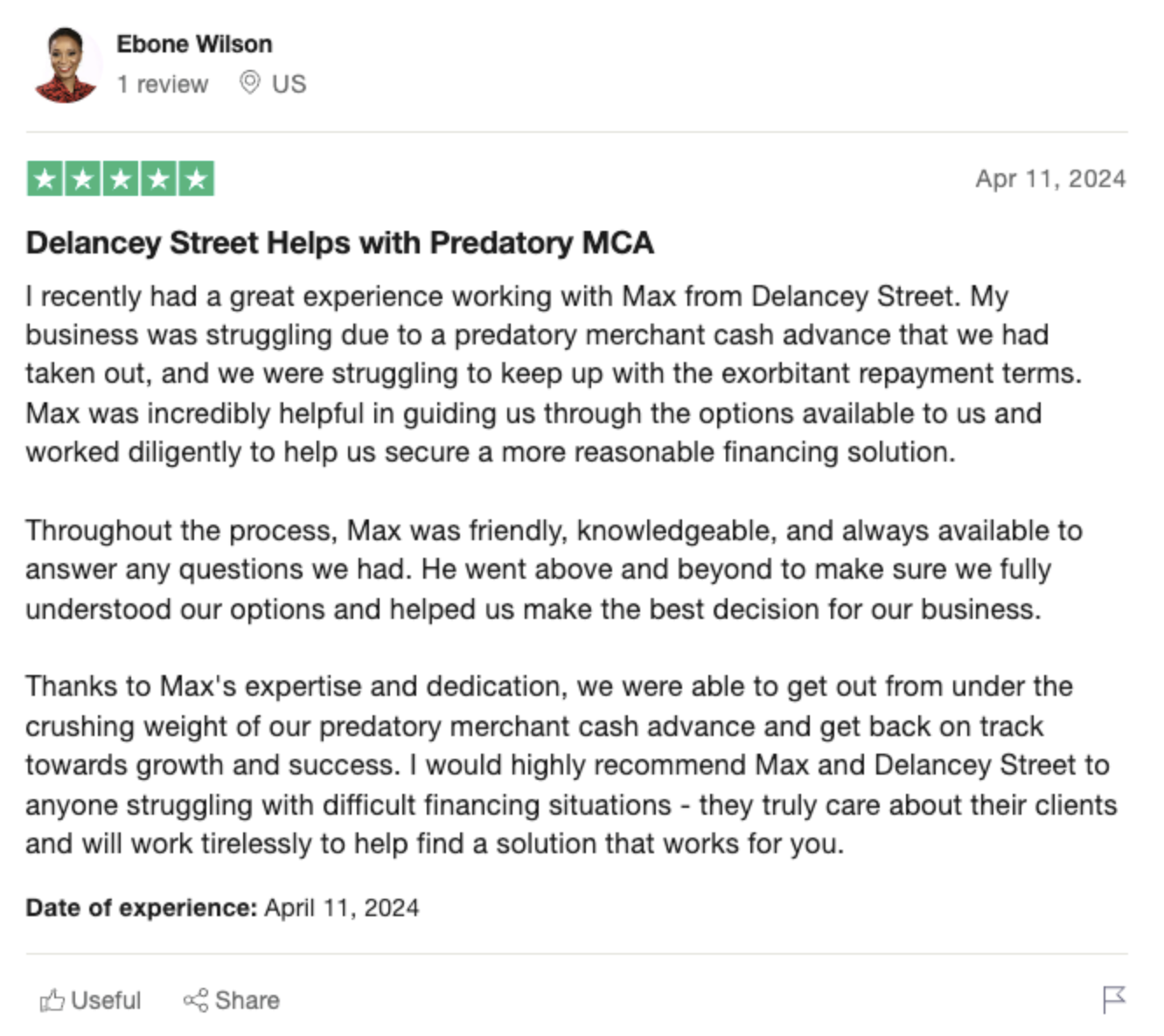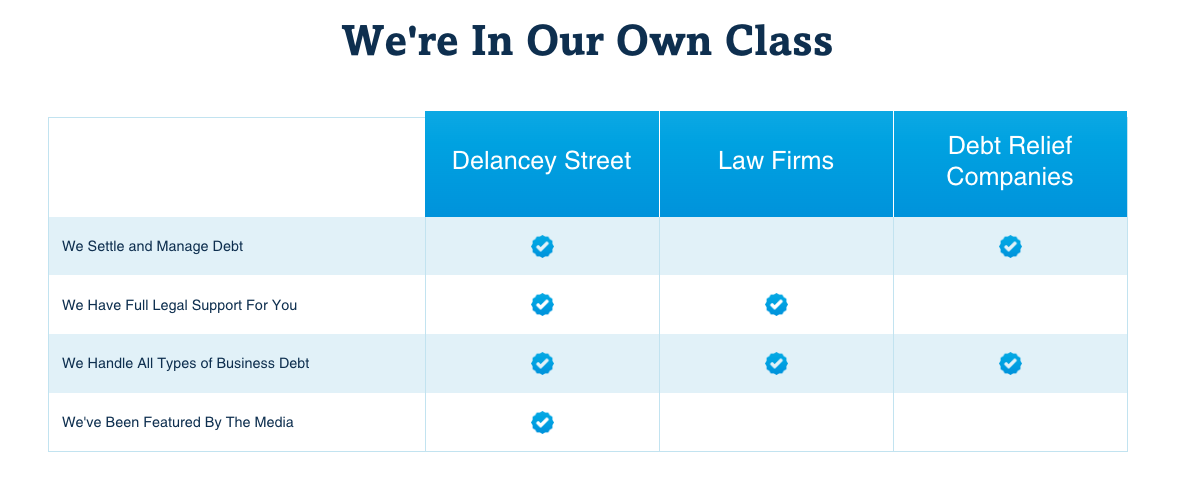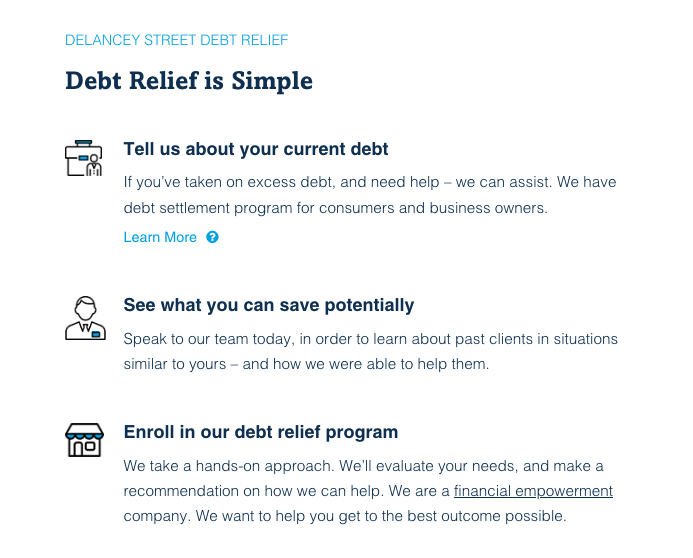Comparing SBA Loans vs Conventional Business Loans
Getting financing for your small business can be challenging. Two common options are Small Business Administration (SBA) loans and conventional business loans from banks or online lenders. But what exactly is the difference, and which is better for your needs? This comprehensive guide examines SBA loans vs conventional loans so you can make an informed decision when seeking funding.
What are SBA Loans?
SBA loans are partially guaranteed by the U.S. Small Business Administration (SBA) to incentivize lenders to provide financing to small businesses that may not qualify for conventional loans. There are several types of SBA loans available:
 -
-7(a) Loans
The most common type of SBA loan is the 7(a) loan. These can be used for nearly any business purpose including working capital, equipment, and real estate. Loan amounts range from $5,000 to $5 million with interest rates from 6-13%[1].
504 Loans
504 loans provide financing for major fixed assets like real estate or heavy equipment. A bank provides 50% of the financing, the SBA backs 40%, and you contribute just 10%. These have lower down payments and longer repayment terms of 10-20 years[2].
Microloans
Microloans provide short-term working capital up to $50,000. Because they are smaller, they have less paperwork and faster turnaround times. Interest rates range from 8-13%[3].
Disaster Loans
SBA Disaster loans help businesses recover from natural disasters. These have much lower interest rates around 4% and terms up to 30 years[4].
 -
-What are Conventional Small Business Loans?
Conventional small business loans are offered by banks, credit unions, online lenders, and other financing companies without SBA backing. Common types include:
Term Loans
Term loans provide lump sums that are repaid over 6 months to 7 years. They can be secured or unsecured. Interest rates typically range from 5-36%[5].
Lines of Credit
Lines of Credit (LOCs) provide reusable pools of financing you can tap anytime. Interest rates are usually variable around Prime + 3-10%[6].
Equipment Financing
Equipment Financing from specialty lenders covers the purchase of gear like machinery and vehicles. Payback periods match the useful life of the asset from 24-84 months[7].
Invoice Factoring
Invoice Factoring lets you borrow against unpaid customer invoices to improve cash flow for ongoing operations. Costs range from 1-5% per invoice[8].
 -
-Merchant Cash Advances
Merchant Cash Advances provide immediate financing based on a percentage of future credit card sales. Payback comes from a fixed percentage of daily card receipts instead of fixed installments[9].
Key Differences Between SBA Loans and Conventional Loans
Now that you know the various types available, here are some notable differences when evaluating SBA loans vs conventional small business loans:
1. Eligibility Requirements
SBA loans have more lenient eligibility standards focused on startups and weaker borrowers that may not qualify for conventional loans. Conventional loans generally require a higher personal credit score and more years in business.
 -
-2. Cost and Interest Rates
Thanks to the SBA guarantee, 7(a) and 504 loans offer lower interest rates than conventional small business loans. For example, SBA 7(a) rates range from 6-10% vs 12-36% for a conventional term loan.
3. Loan Amounts
SBA 7(a) loans go up to $5 million which exceeds most conventional small business loans. 504 loans also finance up to several million dollars in fixed assets. But microloans max out at just $50,000.
4. Repayment Terms
SBA 504 loans allow 10-20 year repayment schedules to match long-term assets. Standard conventional term loans usually mature in 1-7 years. SBA 7(a) terms fall in the middle from 5-10 years.
5. Collateral Requirements
Conventional loans frequently demand collateral to secure financing. SBA Express loans up to $350,000 can be unsecured[10]. 504 loans only require 10% down payments.
6. Prepayment Penalties
Most SBA loans let you pay off balances early with no prepayment penalty. Many conventional small business loans impose fees for paying loans off faster than scheduled.
7. Funding Speed
Because SBA loans involve government bureaucracy, it can take 30-90 days to fund approved financing. Conventional loans from alternative online lenders can provide funding in as little as 24 hours.
8. Allowable Uses
SBA loans give you more flexibility on what you can spend proceeds on. Conventional loans often restrict financing to specific assets or working capital needs.
SBA Loan Requirements
To qualify for SBA backing, both the business and borrower must meet certain criteria:
- Be a for-profit business
- Operate in the United States
- Demonstrate need for financing
- Use loan proceeds for sound business purposes
- Have invested equity in the business
- Have adequate collateral if required
- Have reasonable owner compensation packages
- Provide personal guarantees from owners with 20%+ stakes
- Show the ability to repay debts from cash flow
In addition to those universal SBA requirements, the agency sets size standards for what qualifies as a “small business” based on industry, location, and average annual receipts. Businesses must fall below size criteria for their niche to participate in SBA loan programs.
Pros and Cons of SBA Loans vs Conventional Loans
| SBA Loans | Pros | Cons |
|---|---|---|
| 7(a) Loans | – Low down payments – Long repayment terms – Competitive interest rates – High loan amounts |
– Strict eligibility rules – Slow application process – High origination fees |
| 504 Loans | – Finance major assets – Low 10% down payment – Fixed interest rates |
– Limited use of funds – Substantial paperwork |
| Microloans | – Fast access to funds – Easy to qualify – Very small loans |
– Max only $50,000 – Short 1-5 year repayment |
| Conventional Loans | Pros | Cons |
|---|---|---|
| Term Loans | – Faster funding – Fewer eligibility requirements – Online lender options |
– Higher rates – Large down payments – Short repayment terms |
| Lines of Credit | – Reusable financing – Pay interest only on what you use |
– Variable rates – Financial reporting requirements |
| Equipment Financing | – 100% financing available – Match terms to asset life |
– Limited to equipment acquisition – Complex application |
| Merchant Cash Advances | – Very fast funding – Easy qualification |
– Very high effective rates – Daily repayment requirements |
As highlighted in these pros and cons, SBA loans offer more flexibility, lower rates/payments, and lenient eligibility standards compared to conventional financing. But they also take more time to secure and limit how you can use loan proceeds. Conventional loans provide faster access to funds with fewer restrictions but carry higher costs and stringent requirements.
How to Apply for an SBA or Conventional Small Business Loan
The process for getting either an SBA-backed loan or conventional financing is relatively similar:
1. Determine How Much You Need
Figure out your precise funding needs and what loan type best aligns with those requirements before starting applications. Get clear on the amount required, intended use of proceeds, ideal repayment timeline, and what assets are available to secure financing if required.
2. Choose Your Lender
Research lenders that offer the financing products matching your criteria. For SBA loans, community banks are the most active along with alternative lenders like PayPal, Square, and Intuit. Many national banks also participate in SBA lending. For conventional loans, explore options from national, regional and online banks as well as alternative lenders.
3. Check Your Eligibility
Before completing full applications, ask lenders to prequalify you for financing based on your personal/business profile. This confirms if you meet their lending requirements for credit, time in business, collateral, etc. to avoid wasted efforts.
4. Compile Required Documents
Both SBA and conventional loans require extensive paperwork like financial statements, tax returns, personal financial documents, collateral details, and business plans. Get these ready in advance to expedite underwriting.
5. Submit Your Application
With documents prepared, formally apply with your selected lender including all required information on your business, financing request, and ability to repay debts. Be responsive to any additional questions or requests from underwriters.
6. Get Funding and Manage Financing
If approved, close on your small business loan and make sure you understand repayment details like amounts due, payment dates, interest calculations, and so on. Responsibly manage the financing and loan terms.







